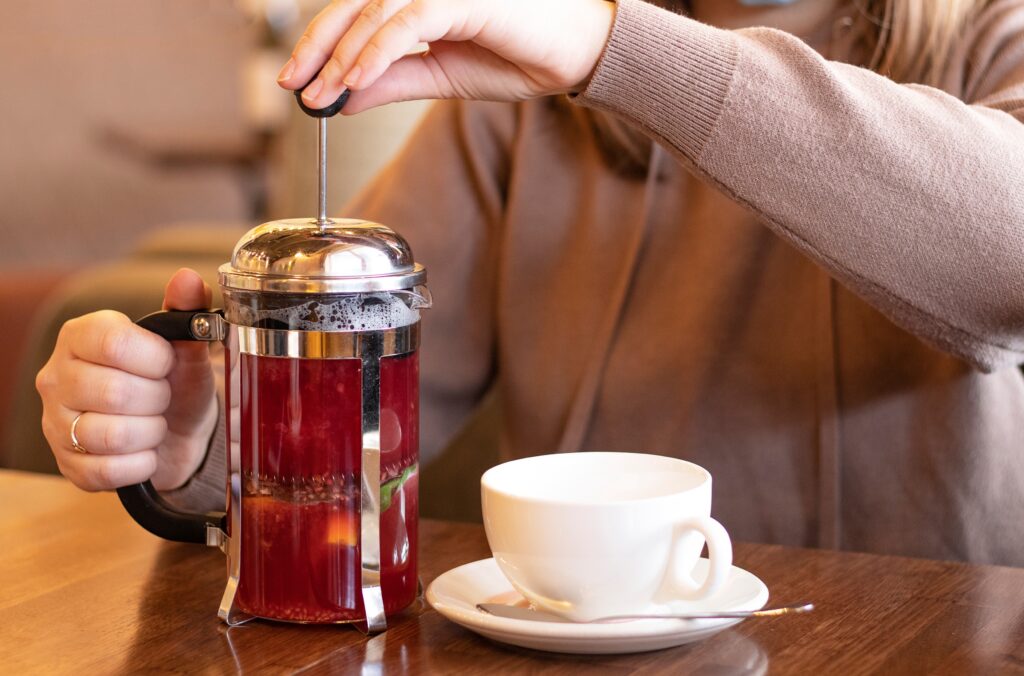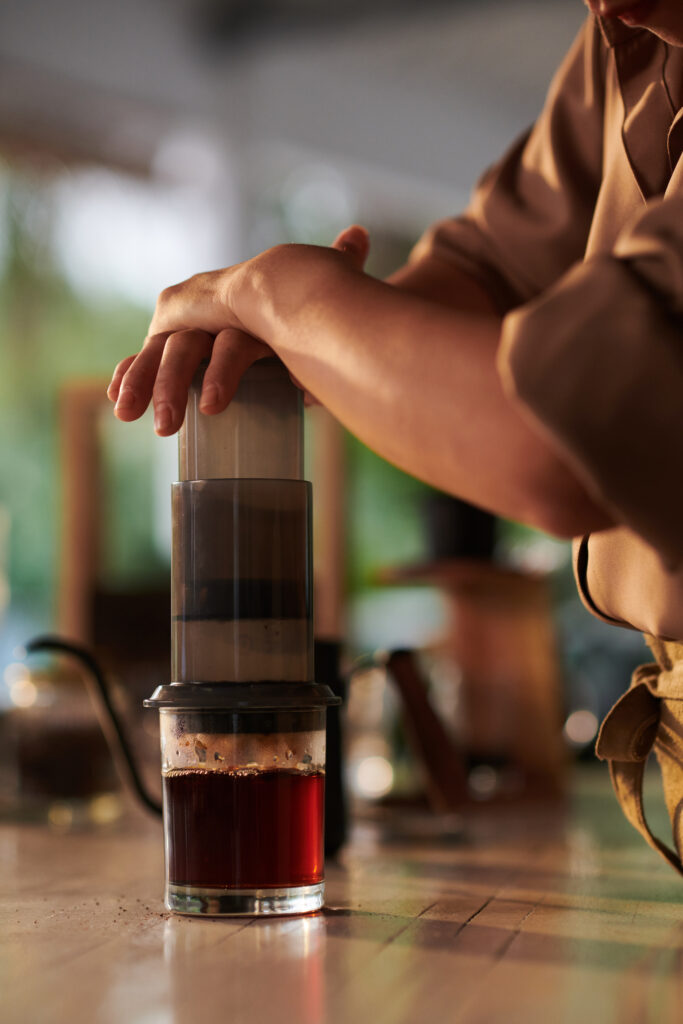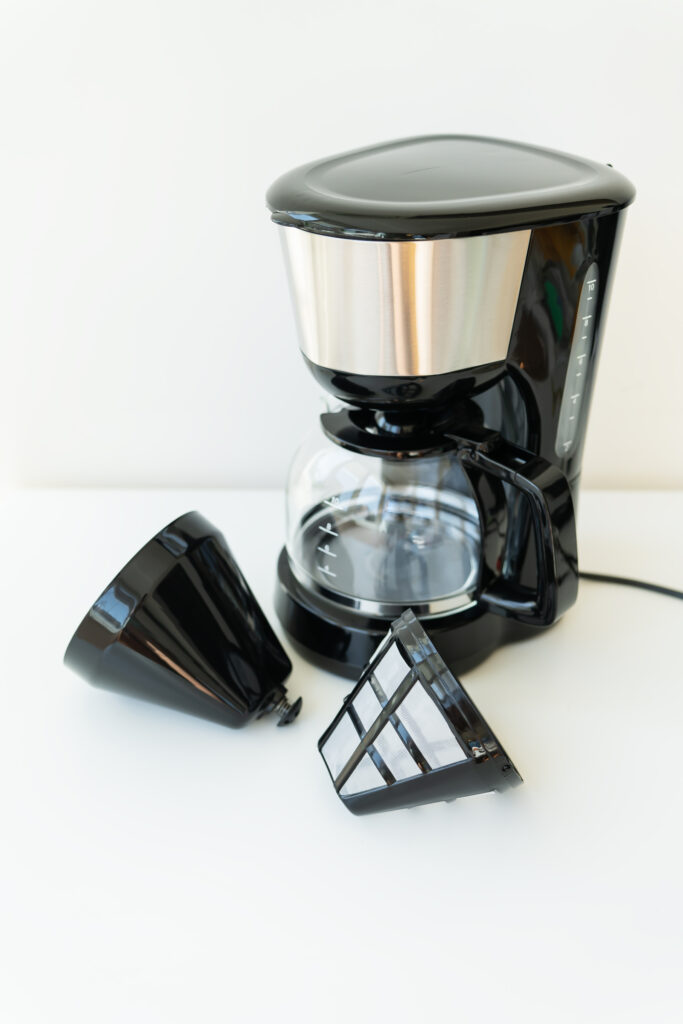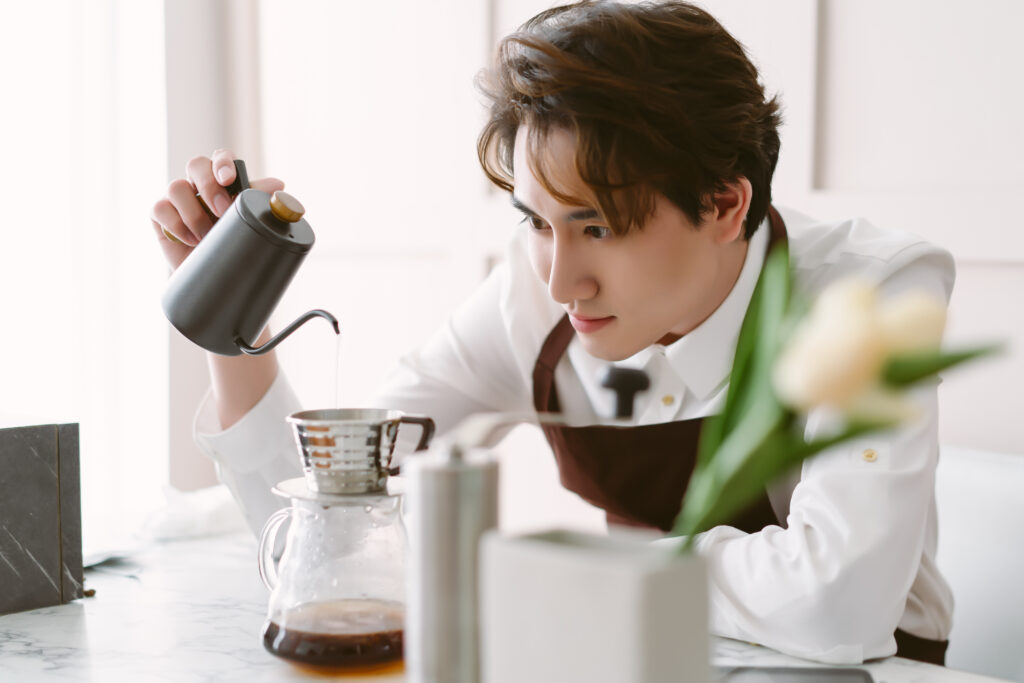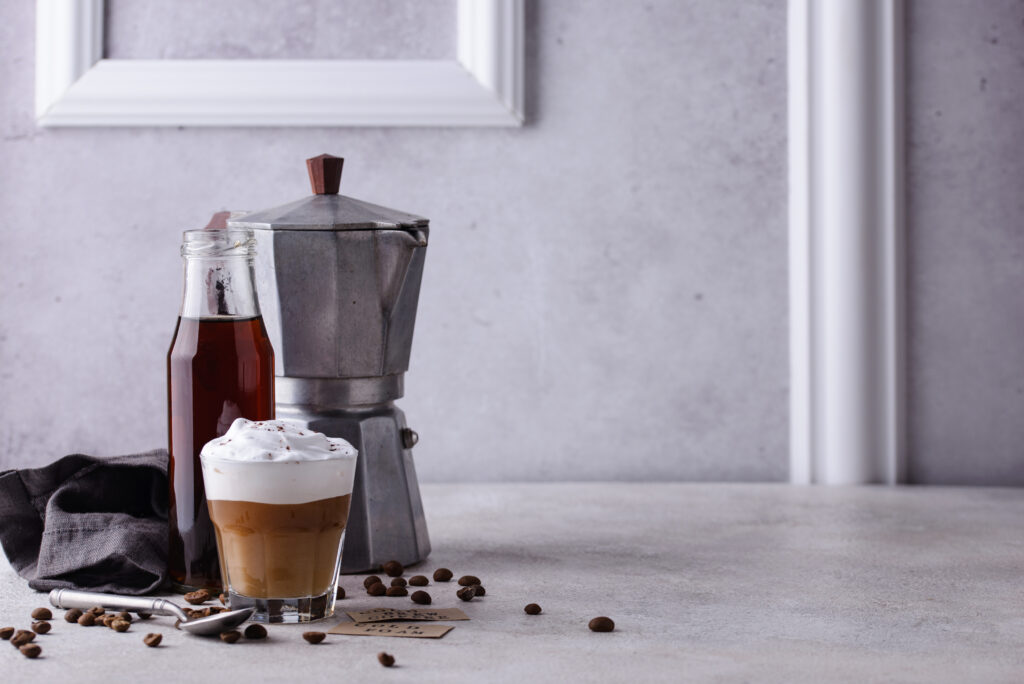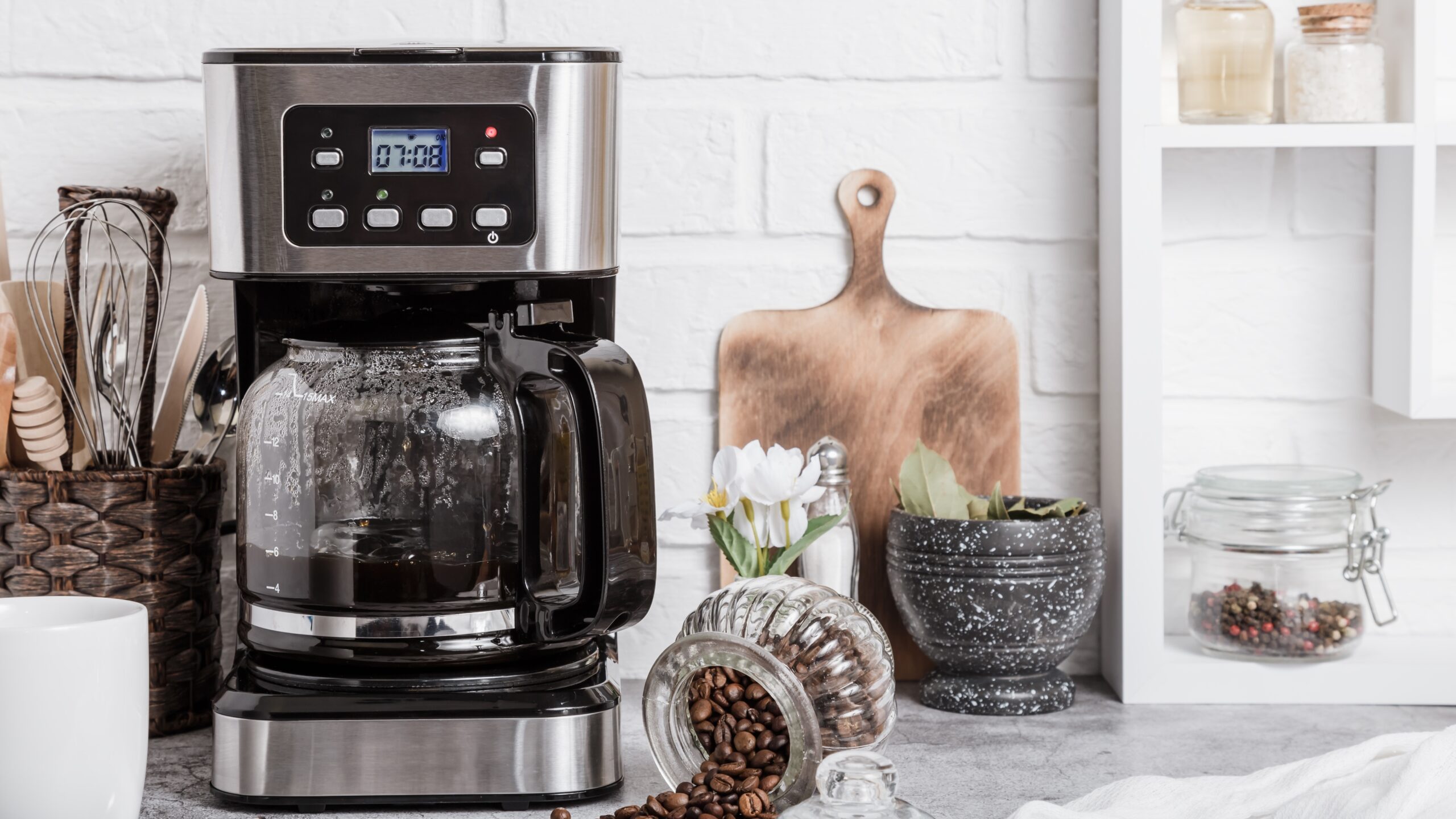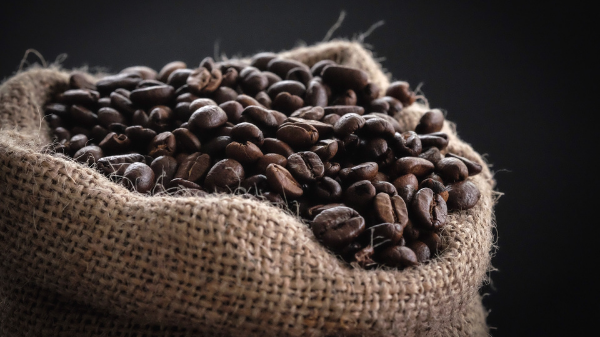Carrie Bradshaw measured her life in Manolos. I measure mine in coffee experiences – in cups and pictures scattered across my Instagram – an invigorating reminder of my obsessive coffee disorder. Much like Mozart, “I am just a dried-up piece of roast goat” without my morning cup of joe.
Millions of others in our caffeinated universe feel the same. The whiff of freshly roasted and ground coffee is an Aladdin’s cave to the senses – sharp, rich, nutty yet slightly abrasive. It is so much more than an average morning beverage. A near-essential adjunct to life, coffee keeps sanity in check, awakens the workforce, livens friendships and brings communities together, whilst being a multi-billion dollar industry supporting the livelihoods of over 125 million farmers globally. The British Coffee Association estimates that the planet consumes more than two billion cups of coffee each day. How did coffee conquer the world and what’s behind this collective unquenchable thirst? From crop to cup, we bring you the coffee story.
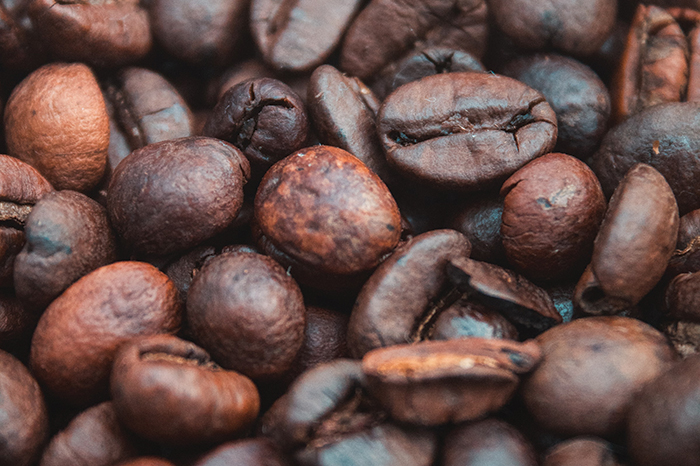
The Origins
Google “origins of coffee” and more than 1,850 million results are splashed on your screen. Much like the beverage itself, which stirs provocative thought, its origin story is steeped in historical debate. Coffee was either discovered in the 15th, 13th or fifth century – depending on which source you trust. A popular tale attributes its discovery to an Ethiopian goatherd named Kaldi, who noticed that his goats would prance in delight after eating the berries and leaves of a certain bush. Curious, Kaldi himself munched a mouthful and exhibited the same extravagant behaviour. Locals who tried these berries felt more alert during overnight religious ceremonies. The beloved bean became a staple at elaborate rituals. And one fine day, the tribe soaked the beans in cold water and found them far more appetising in liquid form. Historians peg this account to about 850 AD.
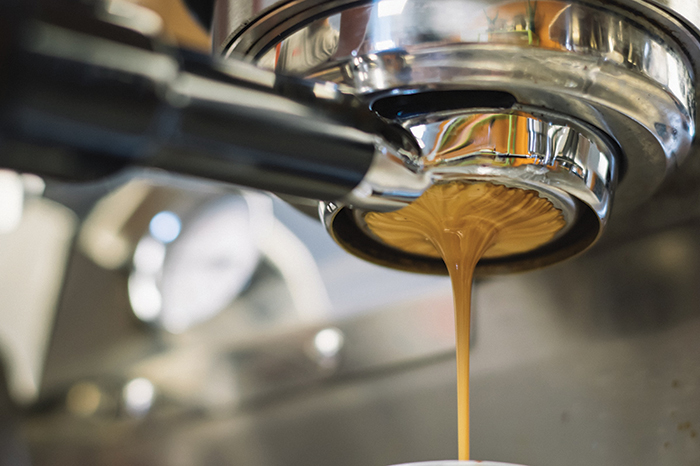
Bean to Barista
Even with the advent of modern technology, coffee is a notoriously tricky plant to grow. From seed to supermarket shelf, it undertakes a meticulous journey that begins in shaded plantations of tropical countries such as Brazil, Peru, Bolivia, Columbia and Vietnam – the biggest producers of coffee on Earth. The beans are first sprouted and then planted in monsoon season for the best harvest. After years of hard work bolstered by perfect wet and cool conditions, they blossom into plants called Coffea that bear red, cherry-like fruit. Coffee beans are the seeds of this fruit. Just as the quality and taste of wine depends on the terroir of the grapes, each coffee blend has a distinct flavour determined by the conditions in which the beans grow. Once the fruit is ripe, famers selectively handpick the freshest, healthiest specimens to be washed, dried, sorted and graded for the harvest process. Overall, it takes more than two and a half years and 15 laborious steps before the actual coffee trade can begin. The road to sobriety is a 12-step procedure – consider that when you sip your third latte of the day. Before your local barista can brew the daily grind, beans must be pulped, fermented, milled, hulled and finally cooked at optimum temperatures. When cracks begin to appear, the colour changes, acidity and aromas are sharp enough to ignite the senses, and the texture feels right, the beans are ground, vacuum packed and delivered for sale. The caffeine buzz that fuels you is part science, part art.
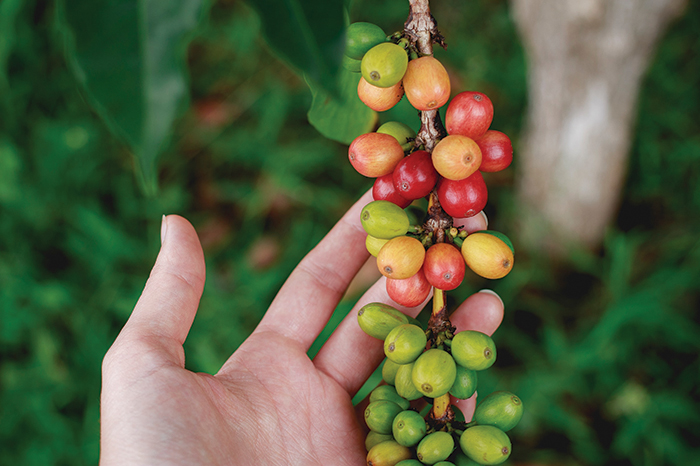
A Rogue Called Robusta
Although there are more than 100 types of coffee trees known to mankind, only a handful of the beans are suitable for drinking. The two which play a significant role in the global coffee trade are arabica and robusta, and whilst the former is genetically superior, botanically they are siblings of the same Coffea plant. If you close your eyes and just smell the beans, it’s the difference between sweet and sour cherries. The cheap, bitter, low-grade workhorse bean of the coffee family is robusta. High in caffeine content (2.7 percent versus arabica’s 1.5 percent) and short on sophistication, these beans can produce a heavy body and fuller crema. They pack a blunt, jolting, one-dimensional bitter taste. It’s like expecting champagne and getting vinegar. This is the kind of coffee that puts hair on your chest, which is precisely why it needs to be paired with milk and sugar to render it palatable. The quality ranges, with the lower end of the crop making decaf and instant while higher-grown, washed robusta is used in espresso blends and often as a filler in arabica to keep the costs in check. Vietnam is the world’s leading producer of robusta.
Also Read: Top five healthiest plant-based milk options for your latte
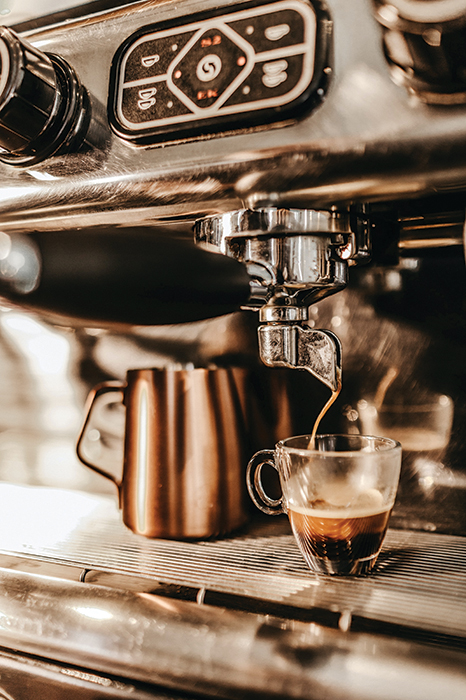
The Grace of Arabica
Arabica is the good stuff. The real deal, the promise of subtlety, quality and luxury. The plants that produce these beans are weather sensitive: they demand meticulous care and perfect soil conditions; harsh sunlight will kill the crop; abundant rainfall is a must; and temperatures should be pleasant and cool. The ‘100% arabica’ label on your coffee pack attracts social snobbery, but it does not define taste. Arabica is superior to robusta, no doubt, but the bean is delicate; taste can be delineated from plot to plot on the same farm, depending on weather, ageing, roasting and the packing process.There are more than 70 subvarieties of arabica, each with a nuanced taste, complexity, aroma and acidity. If you get your hands on the pure stuff, there’s nothing more exotic than a freshly brewed cup for lifting flagging spirits.
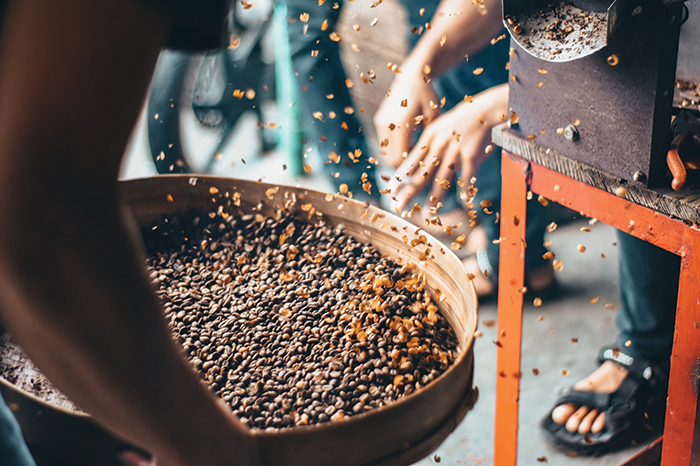
Future-Proofing Coffee
Coffee is a social currency that binds people together. It’s not just a drink; coffee shops sell experiences. They have a deep allure in history and literature – from Elliot to Kafka and Fitzgerald, many respected works have been written in these meeting places. In popular culture, cafés have been pivotal in countless television shows – Friends and Gilmore Girls to name a few – not only fuelling a boom in coffee culture, but also adding a beguiling sense of sophistication to coffee drinkers.
This year marks the 301st anniversary of the longest-running café in the world. Caffé Florian in Venice is a place of history. Casanova, Monet and Andy Warhol, amongst others, were regulars here. They sipped coffee over many enchanting conversation and revelled in its sensory delight. But climate change and extreme weather conditions are increasingly threatening the supply of quality coffee.
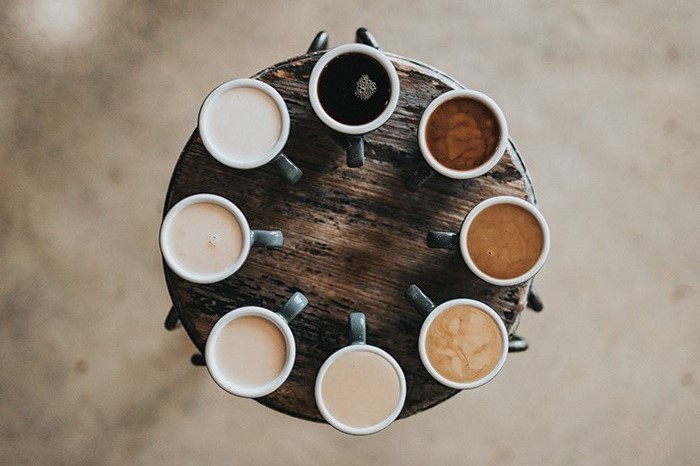
The genetics of the crop dictate that arabica bushes grow best on cool mountainsides where temperatures fluctuate within a very limited range of 18 to 22°C. Global warming and rising temperatures will have a devastating effect on production. Temperatures in Brazil alone are predicted to rise 3°C by 2050, ushering in bouts of drought, ferocious pests, and diseased crops. If we don’t reverse the impact of climate change, the Intergovernmental Panel on Climate Change predicts that two-thirds of coffee farms in Minas Gerais and São Paulo might be wiped out by the end of the century.
The future of coffee farming looks bleak. The only glimmer of hope is that scientists are studying newer, resistant species, which can thrive in a warming world. It’s a race and we need to act fast. For now, as you flip the magazine pages and sip a fine brew, raise a toast to Kaldi and his curious goats.
Also Read: For Pain, Not Pleasure: Are CBD oils and edibles really effective?
(Text – Nikita Mishra)
